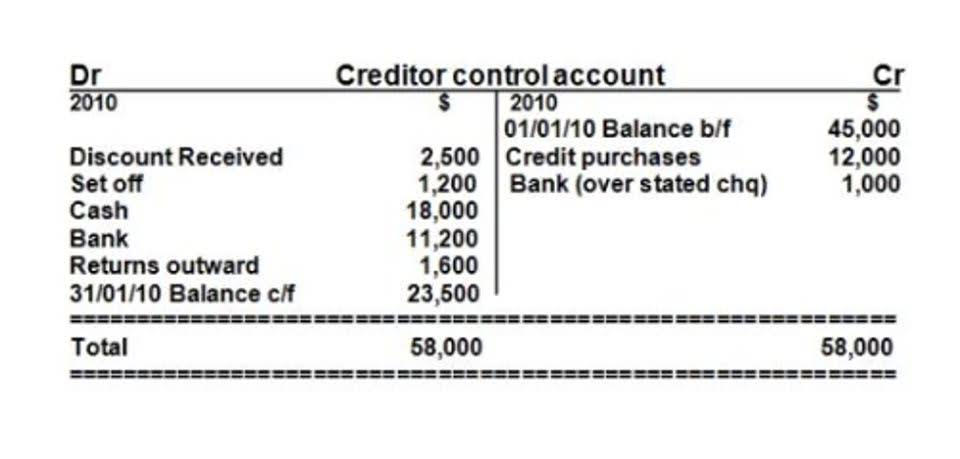
When calculating balances in ledger accounts, one must take into consideration which side of the account increases and which side decreases. To find the account balance, you must find the difference between the sum of all figures on the side that increases and the sum of all figures on the side that decreases. Another key element to understanding the general ledger, and the third step in the accounting cycle, is how to calculate balances in ledger accounts.

Great! The Financial Professional Will Get Back To You Soon.
As business transactions occur during the year, they are recorded by the bookkeeper with journal entries. After an entry is made, the debit and credit are added to a T-account in the categorized journal. At the end of a period, the T-account balances are transferred to the ledger where the data can be used to create accounting reports. The advent of automation has revolutionized the posting process in modern accounting practices. Automated accounting systems, such as QuickBooks and Xero, streamline the transfer of journal entries to ledgers, reducing the likelihood of human error. These systems can automatically categorize transactions based on predefined rules, ensuring consistency and accuracy.
7: Posting to the General Ledger

The accounting journal is like the scratch paper of a math problem and the general ledger is where accountants write the final answer. The accounting cycle begins with the journalizing of transactions and ends with the post-closing trial balance. The most significant output of the accounting cycle is the income statement and balance sheet. This ensures that your total debits and credits are equal (in this case, $1,000 debit to Computer Equipment equals $1,000 credit to Cash), and your accounting equation remains in balance. First, transactions are recorded as general journal entries. It’s the start of journal entry processing and key for strong internal control systems.

Journalizing Transactions

Summarizing refers to the preparation of a trial balance from the debit and credit balances of the ledger accounts. In actual business operations, there could be hundreds or even thousands https://www.bookstime.com/ of transactions each day, making the posting process critical for maintaining accurate financial records. The Sarbanes-Oxley Act makes accurate financial reporting even more important.
It’s also about setting up a system where people are held accountable. Effective reconciliation requires workers who are as skilled as those they’re stepping in for or supporting. Thomas Richard Suozzi (born August 31, 1962) is an accomplished U.S. politician and certified posting in accounting public accountant with extensive experience in public service and financial management. He is known for his pragmatic approach to fiscal policy and governance. Shaun Conrad is a Certified Public Accountant and CPA exam expert with a passion for teaching.
- Recall that the general ledger is a record of each account and its balance.
- The ledger for an account is typically used in practice instead of a T-account but T-accounts are often used for demonstration because they are quicker and sometimes easier to understand.
- The posting varies as per the size of the organization and the volume of transactions.
- Double-entry bookkeeping is not a guarantee that no errors have been made—for example, the wrong ledger account may have been debited or credited, or the entries completely reversed.
- As a smaller grocery store, Colfax does not offer the variety of products found in a larger supermarket or chain.
What is Accounting Errors? Types, How to Rectify Accounting Errors
- You notice there is already a credit in Accounts Payable, and the new record is placed directly across from the January 5 record.
- While each entry in the ledger is different general rules of posting apply in most cases.
- While the journal is known as Books of Original Entry, the ledger is known as Books of Final Entry.
- Gift cards have become an important topic for managers of any company.
- This is posted to the Accounts Payable T-account on the credit side.
- No matter the size of a company and no matter the product a company sells, the fundamental accounting entries remain the same.
- If you debit an account in a journal entry, you will debit the same account in posting.


Leave a Reply